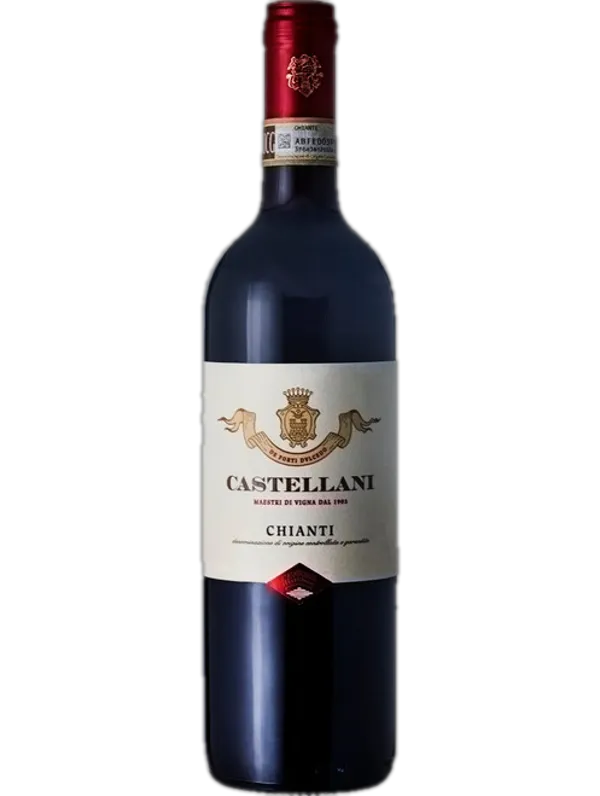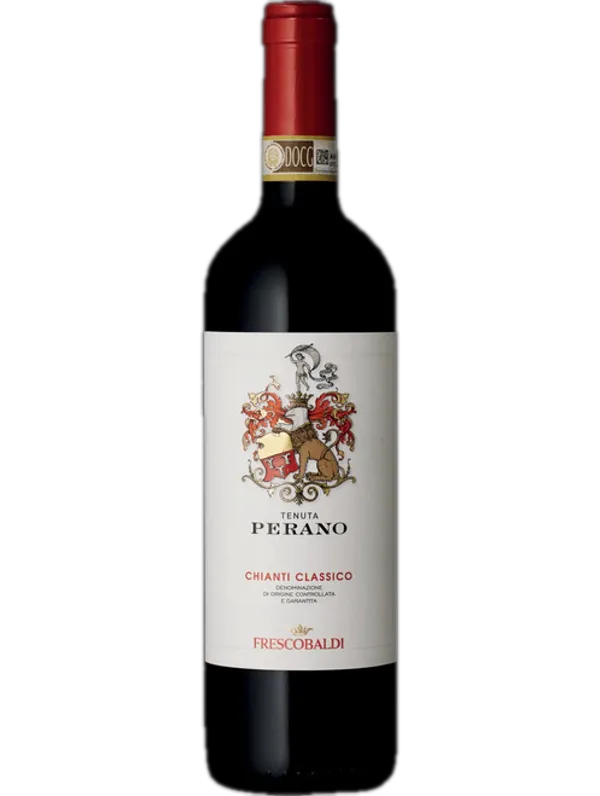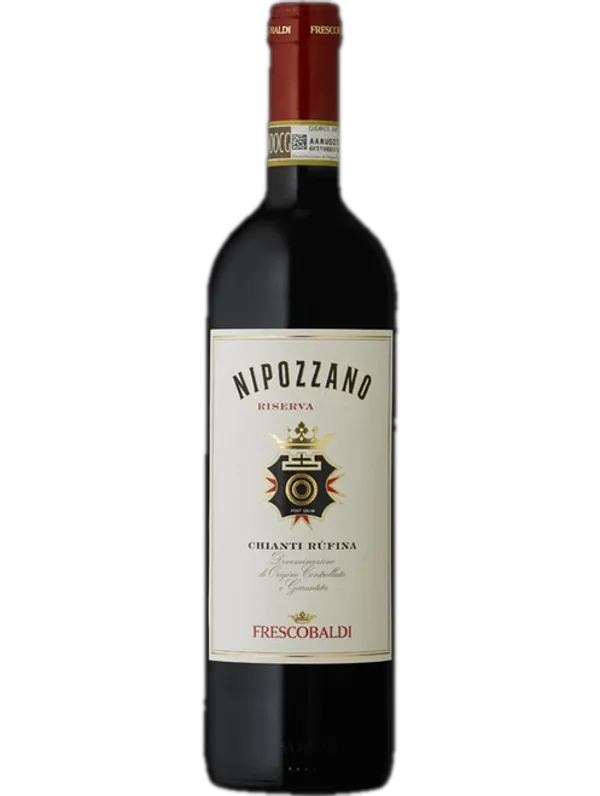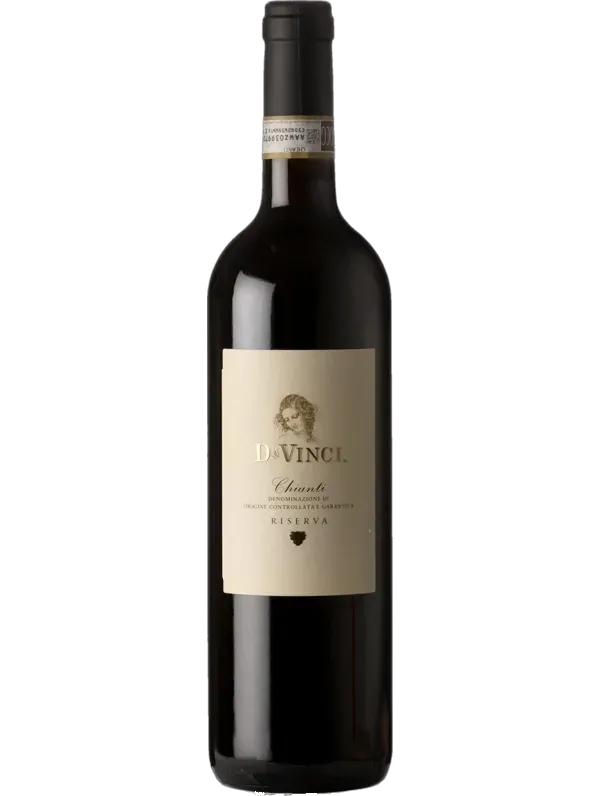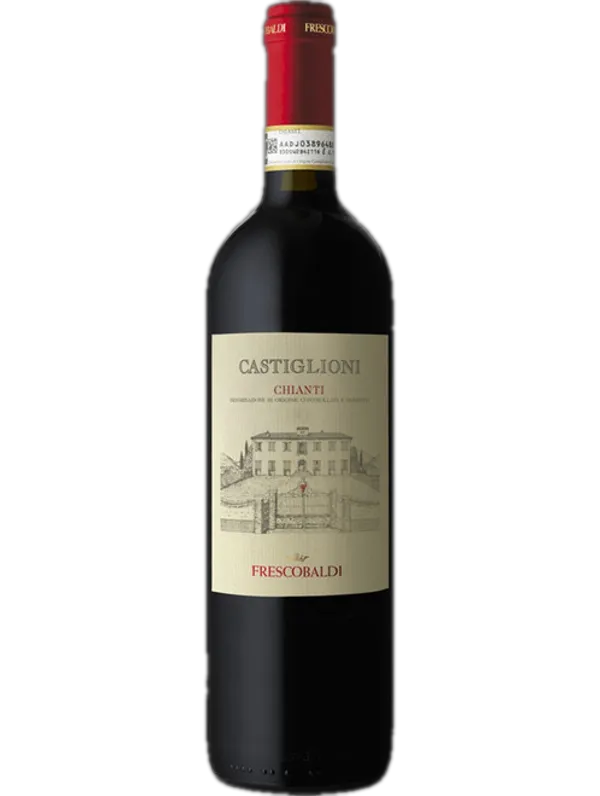Ah, Chianti—the very name conjures up visions of idyllic Tuscan landscapes and sumptuous Italian feasts. But let's move beyond the stereotype of a straw-wrapped bottle in a rustic Italian trattoria. In reality, Chianti is so much more than just a table wine to wash down your pizza or pasta. This famed Italian red wine, primarily made from the Sangiovese grape, offers an astonishing range of styles and qualities that are well worth exploring. Its vibrant acidity and cherry undertones make it a versatile partner for a wide array of dishes, from your Sunday roast to a gourmet cheese board. With the UK's increasing love affair with Italian wines, there’s never been a better time to delve into the nuances of Chianti. So let's uncork a bottle and discover what makes this Italian classic a perfect fit for the British palate.
Jump-Start Your Chianti Journey: Top Picks
Eager to dive straight into some bottle recommendations? We get it—sometimes you just want to get to the good stuff. Below, you'll find our hand-picked selection of Chiantis, ideal for complementing your next British meal. Cheers!
Chianti DOCG
Dry and balanced, this Chianti presents intense fruity aromas laced with violets and a cherry hint. Its light tannins evolve into velvety softness on the palate.
Read more
Perano Chianti Classico
Frescobaldi's Perano impresses with its ruby brilliance and sour cherry aroma. With hints of red berries, violet, and spice, it finishes on a velvety note. £26.5.
Read more
Nipozzano Chianti Rufina Riserva
A balanced red featuring ruby intensity. Scented with red and black berries, citrus, and floral notes. Accents of black pepper and balsamic round out the elegance.
Read more
Chianti Riserva
2019 Tuscan, robust red, balanced tannins, complex fruit
Read more

Castiglioni Chianti,
A luscious, ruby-hued Chianti from Frescobaldi that enchants with notes of blueberries, currants, and vanilla. Velvety and tangy, this wine invites you back for another sip. £8.8.
Read more
History of Chianti
In the rolling hills of Tuscany, the tale of Chianti began in earnest during the 13th century, although viticulture in the region traces back to Roman times. The wine’s name derives from the Chianti region itself, once a medieval battleground between the rival cities of Florence and Siena. By the 18th century, Chianti was already being recognised for its quality, and regulations were set forth to define the wine's production zone.
But it wasn’t until the late 19th century that Baron Bettino Ricasoli formalised the 'Chianti recipe', predominantly featuring the Sangiovese grape. Since then, this historic blend has undergone several modifications and has even witnessed a 'Chianti Classico' renaissance aimed at elevating its status from 'just another Italian red' to a wine of significant stature.
As the British palate has increasingly gravitated towards more nuanced and terroir-driven wines, Chianti's focus on quality and heritage makes it an enticing option for UK consumers, far removed from the clichéd 'straw-flask' table wine many might initially picture.
Geography and Terroir
For the discerning British wine lover, terroir matters. A wine's roots, quite literally, shape its character. Chianti's heartland is nestled in the picturesque hills of Tuscany, stretching between Florence to the north and Siena to the south. The geography here is as varied as a British weather forecast—ranging from vineyards at higher altitudes with cooler temperatures to sun-drenched slopes that coax out the Sangiovese grape's fullest expressions.
Now, let's talk soil. Tuscany's diverse geological makeup includes limestone-rich clay, marl, and schist. These varied soils contribute to the wine’s complexity. You'll find that Chiantis from higher, rockier terrains often have brighter acidity and more floral notes, akin to the refreshing zing we Brits love in a chilled glass of gin and tonic.
Climate-wise, the region enjoys a Mediterranean climate with hot summers and cool, wet winters, not unlike the UK’s own variable climate. The area's unique combination of climatic conditions and varied elevations make for a Sangiovese grape that has both structure and finesse. In short, Chianti offers a terroir-driven experience that pairs exceptionally well with the British culinary landscape—from a hearty shepherd's pie to an elegant rack of lamb.
Whether you’re an aficionado or a casual sipper, Chianti offers a broad spectrum of tastes molded by its geography and climate, promising a rewarding experience that feels both exotic and comfortably familiar to the UK palate.
Grape Varieties
For many Brits, the term 'Sangiovese' may not roll off the tongue as easily as 'Cabernet Sauvignon' or 'Merlot,' but trust us, this grape is the soul of Chianti. Making up a minimum of 80% of the blend by regulation, Sangiovese brings a range of flavours from tart cherry to earthy leather, often graced with a touch of spice. It's the grape's naturally high acidity and medium to high tannin structure that make it such a good companion for our rich British fare, from a succulent beef roast to a cheesy lasagna.
Yet, Sangiovese doesn't work alone; it often gets a helping hand from other grape varieties such as Canaiolo, Colorino, and occasionally international varietals like Merlot and Cabernet Sauvignon. These 'supporting grapes' typically make up the remaining 20% of the blend, adding nuances of dark fruit, floral aromas, or a touch of softness to the wine.
Chianti Winemaking Techniques
Now, if you're a Brit, partial to the craftsmanship behind a good pint of ale or a bottle of single malt, you'll appreciate that Chianti also boasts a meticulous production process. It kicks off with a fermentation period where the Sangiovese grapes meet yeast in stainless steel or concrete tanks. This is the stage where the grape sugar turns into alcohol, producing those flavours and aromas that pair oh-so-well with a ploughman's lunch or a beef Wellington.
What sets Chianti apart, and what might particularly interest the UK consumer, is its ageing process. Chianti Classico, for instance, must age for at least a year, with Chianti Classico Riserva requiring two years and a minimum of three months in the bottle. Some producers also utilise oak barrels, bringing a complexity that can stand up to even the most robust British stews.
But here's the kicker: while oak ageing brings richer, deeper flavours, not all Chiantis go through this. Some stick to a 'fresh' style, ageing in stainless steel to preserve the grape's natural zest and tang. It's this diversity in ageing that gives you a range of Chianti options to suit different occasions, from a summer barbecue to a cosy, candlelit dinner.
Taste Profile
Taste Profile
Alright, so you're probably wondering: what's a glass of Chianti actually going to taste like? No worries, we've got you covered. First off, let's talk about that fruitiness. Chianti often delivers a burst of red fruit flavors, particularly cherry and red plum, which can feel right at home with British fruit desserts or even a tangy redcurrant sauce. Now, don't let that fruit-forward start fool you; Chianti isn't a one-note wonder. Mid-palate, you'll often find herbal nuances—think dried oregano or thyme—that bring an almost savoury quality. These herbal notes can brilliantly complement a traditional British roast or a spiced pie.

Red Forest Berries

Cherry

Plum
And we're not done yet! As you let the wine linger, you may detect hints of tobacco and leather, giving the wine an earthy finish. These flavours can be a smashing match for hearty British dishes like steak and kidney pie or a rich, meaty stew.

Tobacco

Leather
But Chianti's tannins and acidity, the backbone of this Italian gem, make it exceptionally food-friendly. These structural elements balance the wine, ensuring it's neither too heavy nor too light, and frankly, making it a solid choice for pretty much any British fare you can think of. So let's dive in how to pair chianti with food!
Food Pairing
Chianti's got the kind of character that knows how to hold its own at the dinner table—something we Brits can surely appreciate.
Picture this: you're sitting down to a classic Sunday roast. The wine's lively acidity is a perfect foil for the fatty richness of roast pork or beef, while its herbal undertones go beautifully with Yorkshire puddings and rosemary potatoes.
Starter
Welsh RarebitMelted cheddar cheese spiced with Worcestershire sauce on toasted bread, a decadent start that’s uplifted by Chianti’s acidity.
Main
Beef WellingtonA tender beef fillet wrapped in puff pastry, it’s rich and meaty—a prime candidate for Chianti’s tannic grip.
Second
Bangers and MashGood old sausages with creamy mashed potatoes. The wine’s fruitiness complements the savoury sausages.
Dessert
Blackberry CobblerA bit unconventional, but the wine’s berry notes really shine next to a fruity dessert.
Conclusion
As the UK continues to diversify its wine repertoire, the timely rediscovery of Chianti couldn't be more apt. This Italian stalwart offers not just a sip, but a gulp of culture, geography, and meticulous craftsmanship—qualities that resonate with British consumers who appreciate the nuances of a well-crafted drink. Whether it's the bold Sangiovese grape, the thoughtful blending, or the choice of ageing vessel, each bottle of Chianti invites you on a journey that complements the richness and diversity of the British culinary landscape. The flexibility of Chianti makes it a welcome guest at any UK dining table, proving that this iconic Italian wine is not just good; it's British-dinner-party good. So, the next time you're pondering over the wine list or browsing the aisles, remember that a bottle of Chianti could very well be the missing piece to your gastronomic puzzle. Cheers!
